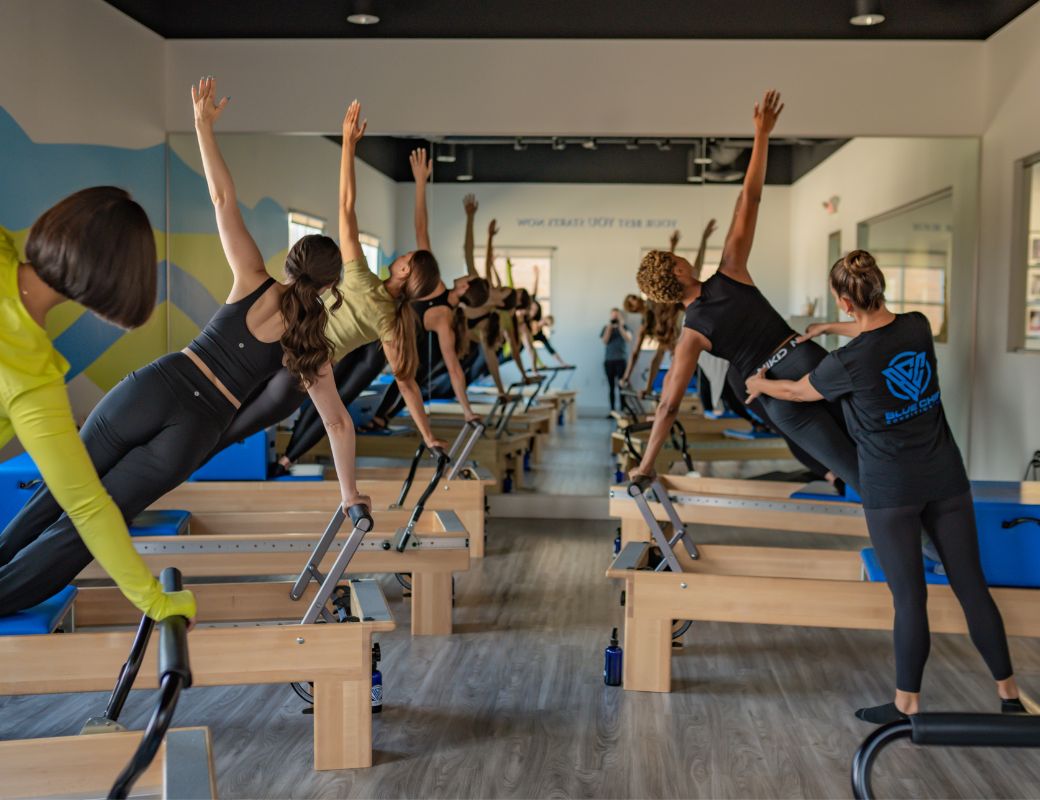Introduction
The way you train can make the difference between being good and being elite in today’s competitive sports environment. Elite athlete development goes far beyond the fundamentals of fitness, general strength, and skill acquisition that are the focus of regular training. It entails a thorough, data-driven, and highly customized strategy designed to maximize athletes’ performance.
This article delves into what makes elite programs so special and how they support long-term athletic success, examining the precise distinctions between regular training and elite athlete development.
Understanding Regular Training
What is Regular Training?
Regular training is the standard approach most recreational or amateur athletes follow. It often includes:
- Basic strength and conditioning
- General endurance exercises
- Skill repetition
- Group sessions with little personalization
While beneficial for maintaining health and building foundational fitness, regular training lacks the specialized elements required for high-level competition.
Who is Regular Training For?
Regular training is suitable for:
- Beginners
- Fitness enthusiasts
- Weekend warriors
- Recreational athletes
These individuals typically aim to stay fit, lose weight, or participate in local competitions without the need for intense performance metrics or elite-level goals.
Benefits of Regular Training
- Improves overall health
- Boosts mood and energy
- Enhances cardiovascular health
- Promotes weight loss
- Supports a balanced lifestyle
What is Elite Athlete Development?
The Core Definition
Peak athletic performance is the goal of elite athlete development, a highly specialized, scientific training methodology. It encompasses a comprehensive approach that includes tactical, mental, and physical conditioning in addition to basic fitness.
This stage of development is frequently observed in professional sports training settings, collegiate athletic programs, and Olympic preparation.
Components of Elite Athlete Development
Individualized Training Programs
Each athlete receives a program customized to their specific strengths, weaknesses, goals, and sport-specific demands.
Performance Testing and Monitoring
- VO2 max testing
- Functional movement screening
- Biomechanical analysis
- Recovery and sleep tracking
Sports Psychology
Mental toughness and mindset training are integral. Athletes are coached on focus, visualization, and coping mechanisms under pressure.
Nutrition and Recovery
Elite athletes work closely with sports nutritionists to fine-tune diet plans for optimal energy and recovery. Recovery strategies include:
- Cryotherapy
- Massage therapy
- Active recovery sessions
- Sleep optimization
Injury Prevention and Rehabilitation
Through functional assessments and corrective exercises, athletes reduce the risk of injury and bounce back faster if injuries occur.
Who is Elite Athlete Development For?
- Competitive athletes
- Collegiate players
- Olympians
- Professional sports teams
- Young athletes aspiring to turn pro
Key Differences Between Regular Training and Elite Athlete Development
Level of Personalization
- Regular Training: Generic, often one-size-fits-all programs
- Elite Athlete Development: Hyper-customized plans based on testing and performance goals
Use of Technology
- Regular Training: Rarely uses performance tech
- Elite Athlete Development: Utilizes motion capture, force plates, GPS, and heart-rate monitoring for precise metrics
Team of Experts
- Regular Training: One coach or trainer
- Elite Athlete Development: Involves strength coaches, physiotherapists, nutritionists, and mental performance consultants
Goal Orientation
- Regular Training: General fitness or hobbyist performance
- Elite Athlete Development: Specific outcomes such as increasing vertical jump, reducing sprint times, or preparing for specific events
Time Commitment and Intensity
- Regular Training: 2-3 days a week at moderate intensity
- Elite Athlete Development: 5-6 days of intensive, periodized training
Focus on Recovery
- Regular Training: Limited emphasis
- Elite Athlete Development: Recovery is considered as important as training itself
The Role of Environment and Culture
Training Atmosphere
Elite training centers cultivate a performance-driven culture. From locker rooms to training floors, the environment is built to push limits.
Accountability and Discipline
Elite athletes are held to high standards. Regular feedback, monitoring, and accountability are baked into the process.
Continuous Education
Athletes and coaches are in a loop of constant learning, adapting to new research, methods, and innovations.
The Transition from Regular to Elite
Signs You Might Be Ready
- Plateauing in current results
- Desire to compete at a higher level
- Access to professional guidance
- Willingness to commit time and effort
What to Expect
Transitioning involves:
- Comprehensive assessments
- Redefining goals
- Increased workload
- Higher levels of scrutiny and support
Real-Life Examples of Elite Athlete Development
Olympic Sprinter Program
Tailored biomechanical training and sprint mechanics improve start time and reduce injury.
Collegiate Basketball Player
Combines agility drills, power development, and sports-specific conditioning over a structured 6-month period.
Youth Soccer Prodigy
Integrated growth monitoring, technical skill sessions, and nutrition guidance create a roadmap to pro leagues.
FAQs
What makes elite athlete development different from personal training?
The development of elite athletes includes mental conditioning, recovery procedures, performance analytics, and a multidisciplinary team approach. Being the best at your sport is more important than simply looking good. Complete athletic evolution is the focus of programs such as those at Blue chip Conditioning.
Can anyone join an elite athlete development program?
Yes, in theory, but athletes with clear performance objectives benefit most from these programs. Before creating customized programs, companies such as Blue chip Conditioning evaluate preparedness.
Is elite athlete development only for professionals?
No. Aspiring athletes, high school prodigies, and college recruits can all benefit from these programs. The goal is to unlock potential, not just sustain it.
How long does it take to see results?
It varies, but most athletes see measurable improvements in strength, speed, and endurance within 8-12 weeks if they follow the plan diligently.
Conclusion
In the realm of athletics, training frequently makes the difference between “good enough” and “greatness.” Athlete development makes you a competitor, while consistent training keeps you healthy and active. It is methodical, purposeful, and results-oriented.
Consider switching from simple routines to elite programming if you’re prepared to step up your game. You’ll be more equipped to reach your performance objectives with a professional setting, state-of-the-art resources, and knowledgeable coaching.
Selecting the appropriate developmental path is essential, and choices such as blue chip conditioning enable elite training to be both accessible and effective.
Athlete development can be the game-changer you need, whether your goals are to achieve personal bests, Olympic aspirations, or college scholarships.





